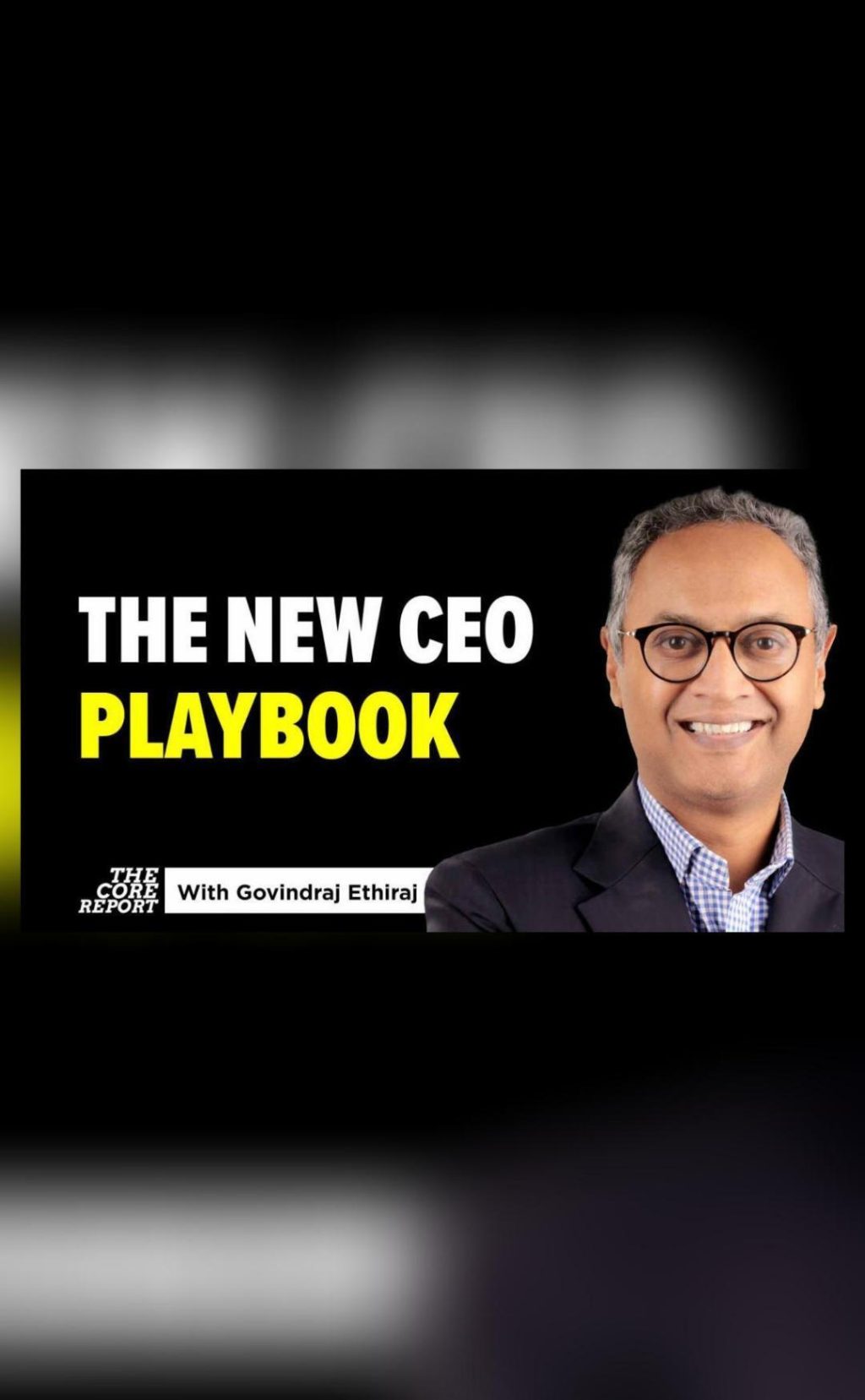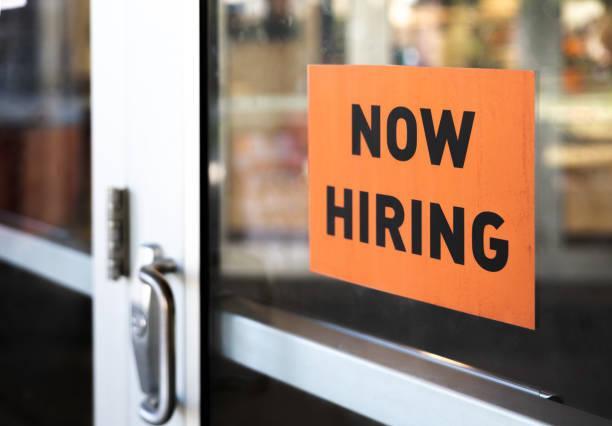
The New CEO Playbook: AI Pressures & Global Tariff Shocks
The role of a CEO has never been more challenging. With the rapid advancement of artificial intelligence (AI) and the ongoing global trade tensions, business leaders are facing unprecedented pressures to transform their organizations. The traditional playbook of scaling, innovating, and adapting to market changes no longer applies. Today’s CEOs must navigate the complexities of automation, shifting trade policies, and the need to localize operations to remain competitive.
In this article, we’ll explore the new CEO playbook, highlighting the key challenges, strategies, and best practices that successful leaders are adopting to thrive in this new environment.
The AI Revolution: A New Era of Automation
AI is transforming industries at an unprecedented pace. From customer service to supply chain management, AI-powered tools are revolutionizing the way businesses operate. However, this rapid adoption of AI also poses significant challenges for CEOs. As automation replaces human tasks, companies are forced to retrain and redeploy workers, while also investing in new technologies to remain competitive.
According to a recent survey by Gartner, by 2025, AI will be responsible for 30% of all business processes, up from just 10% in 2020. This increased reliance on AI requires CEOs to rethink their organizational structures, processes, and talent management strategies.
Global Tariff Shocks: The Impact on Trade
The ongoing trade tensions between nations have created significant uncertainty for businesses. Tariffs, trade wars, and supply chain disruptions are forcing CEOs to reevaluate their global supply chains and rethink their strategies for international trade.
A recent report by the World Trade Organization predicts that global trade will decline by 2% in 2020 due to the ongoing trade tensions. This decline in trade will lead to reduced investment, lower economic growth, and increased uncertainty for businesses.
The New CEO Playbook: Strategies for Success
In this era of AI pressures and global tariff shocks, successful CEOs are adopting a new playbook that focuses on three key areas: innovation, localization, and adaptability.
- Innovation: CEOs must prioritize innovation to stay ahead of the competition. This requires investing in AI-powered tools, data analytics, and new technologies to drive business growth and efficiency.
- Localization: As global trade tensions continue to escalate, CEOs must prioritize localization to reduce reliance on international supply chains. This includes investing in local production facilities, sourcing materials from local suppliers, and adapting products to meet local market demands.
- Adaptability: CEOs must be prepared to adapt quickly to changing market conditions, shifting trade policies, and new technologies. This requires building agile organizations, fostering a culture of innovation, and developing a talent pool with the skills to adapt to changing circumstances.
Best Practices for CEOs
While the new CEO playbook is complex and challenging, there are several best practices that successful leaders are adopting to thrive in this new environment.
- Embrace AI: AI is no longer a nicety, it’s a necessity. CEOs must invest in AI-powered tools to drive business growth, improve efficiency, and stay competitive.
- Build a Strong Talent Pool: As AI replaces human tasks, CEOs must prioritize building a strong talent pool with the skills to adapt to changing circumstances.
- Foster a Culture of Innovation: CEOs must create a culture that encourages innovation, experimentation, and risk-taking. This requires empowering employees to take ownership of their work and providing the resources needed to drive innovation.
- Develop a Global Mindset: As global trade tensions continue to escalate, CEOs must develop a global mindset that prioritizes localization, adaptability, and resilience.
- Stay Agile: CEOs must be prepared to adapt quickly to changing market conditions, shifting trade policies, and new technologies. This requires building agile organizations, fostering a culture of innovation, and developing a talent pool with the skills to adapt to changing circumstances.
Conclusion
The new CEO playbook is complex and challenging, but it also presents significant opportunities for growth and innovation. By prioritizing innovation, localization, and adaptability, CEOs can stay ahead of the competition, drive business growth, and thrive in this new environment.
As the world continues to evolve, one thing is certain – the role of a CEO will never be the same. It’s time for business leaders to rethink their strategies, prioritize innovation, and adapt to the changing landscape.
Watch the video for more insights:
News Source:






